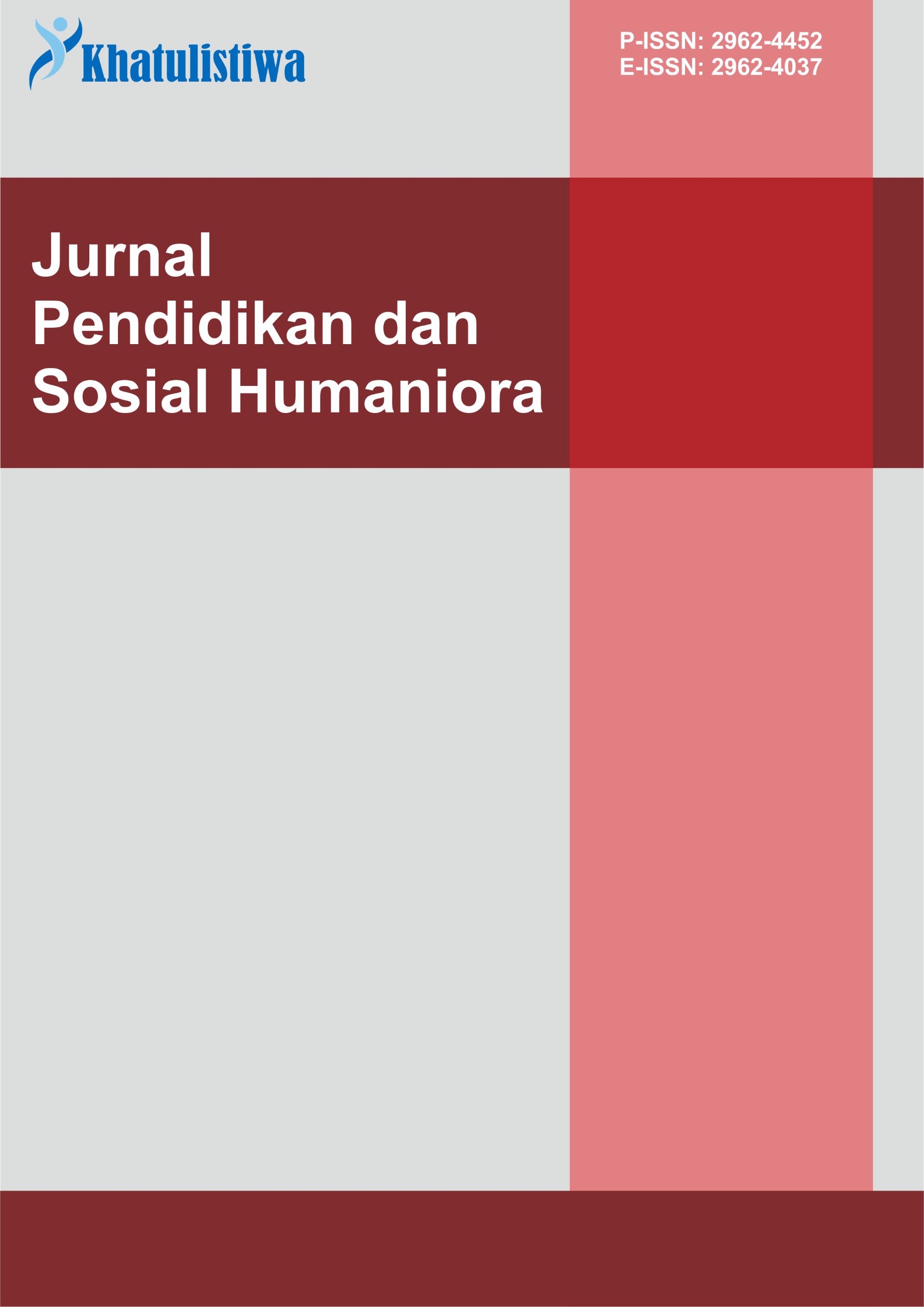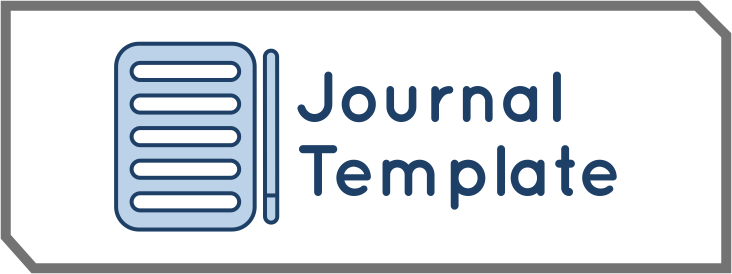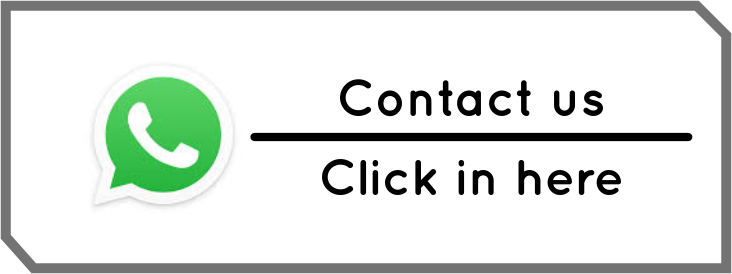Pengaruh Media Pembelajaran terhadap Hasil Belajar Peserta Didik Kelas Sirkus di Red Nose Foundation Jakarta Utara
DOI:
https://doi.org/10.55606/khatulistiwa.v5i3.7204Keywords:
Learning Outcomes, Circus Class, Learning Media, Nonformal EducationAbstract
The study evaluated the impact of learning media on student outcomes at Red Nose Foundation's circus classes in North Jakarta. It highlighted the importance of innovative and interactive media, especially in non-formal arts education, to improve understanding, skills, and motivation in mastering circus techniques. This research utilized a quantitative approach with simple regression analysis, selecting a purposive sample of 54 circus students from a total population of 119. Data was gathered using a closed questionnaire that had been validated and tested for reliability. The analysis indicated a significant positive impact of learning media on student learning outcomes. The coefficient of pearson corelation (R) was 0.974, indicating that 97,4% of the variance in student outcomes can be explained by the learning media used, with other factors influencing the remainder. In conclusion, learning media is crucial for enhancing learning outcomes in circus classes. Red Nose Foundation should continue developing relevant and tailored learning media that align with circus material and student needs. Additionally, instructors should receive training to use these media innovatively and effectively, ultimately improving learning efficiency and helping students achieve optimal results.
References
Apriliani, S. P., & Radia, E. H. (2020). Pengembangan Media Pembelajaran Buku Cerita Bergambar Untuk Meningkatkan Minat Membaca Siswa Sekolah Dasar. Jurnal Basicedu, 4(4), 994–1003. https://doi.org/10.31004/basicedu.v4i4.492
Ayua, G. A. (2021). Effective Teaching Strategies. Optometric Education, 20(1), 19–20. https://doi.org/10.13140/RG.2.2.34147.09765
Batson, C. (2020). Circus as Tranformation: Musings on the Circus Arts as Agent and Medium for Change.
Bloom, B. S. (1956). Taxonomy of Educational Objectives: The Classification of Educational Goals. Cataloging and Classification Quarterly, 3(1), 41–44. https://doi.org/10.1300/J104v03n01_03
Gagne, R. M. (1985). The Conditions of Learning and Theory of Instruction. Being Skilled, 2(21), 104–119. https://doi.org/10.4324/9781315108490-7
Habib, A. R. (2021). UPT Perpustakaan ISI Yogyakarta UPT Perpustakaan ISI Yogyakarta. Reimajenasi Timbre: Nostalgia Bunyi Melalui Komposisi Musik, 3, 1–16. http://digilib.isi.ac.id/id/eprint/8497
Heinich, R., Molenda, M., Russell, J. D., & Smaldino, S. E. (2001). Instructional Media and Technologies for Learning (7th ed.). Pearson College Div.
Kisworo, B., Yusuf, A., Desmawaty, L., Shofwan, I., Kusumatuti, Z. R., Oktiva Sakti, A. B., & Setiawati, R. I. (2022). Pelatihan Pengembangan Media Pembelajaran Video Animasi Platform Animaker.com bagi Pendidik PAUD Nonformal di Kota Semarang. Jurnal Abdimas, 26(1), 15–23. https://doi.org/10.15294/abdimas.v26i1.33745
Kusumastuti, Z. R., & Kriswanto, H. D. (2022). The Relationship Between Discipline with Student Learning Outcomes of Equality Education Program. Edukasi, 16(2), 100–110. https://doi.org/10.15294/edukasi.v16i2.41551
Loring, P. A. (2021). The Most Resilient Show on Earth: The Circus as a Model for Viewing Identity, Change, and Chaos. In Ecology and Society (Vol. 12, Issue 1). https://doi.org/10.5751/ES-01989-120109
Mohamad, R., & Mahmud, M. (2023). The Use Of Learning Media On Students ’ Learning Outcomes 1Economic Education Study Program , Universitas Negeri Gorontalo. 1(1), 30–35. https://doi.org/https://doi.org/10.37479/jebe.v1i1.16925
Putri, E., & Moonti, U. (2022). Pengaruh Pemanfaatan Media Pembelajaran Terhadap Hasil Belajar Siswa Terhadap Hasil Belajar Siswa Mata Pelajaran Ekonomi Kelas Xii Di Sma Negeri 1 Suswawa Kabupaten Bone Bolango. 08(September), 1977–1988. https://doi.org/http://dx.doi.org/10.37905/aksara.8.3.1977-1988.2022
Rahmat, A. (2020). Manajemen Pemberdayaan Pendidikan Nonformal. In Ideas Publishing.
Samsudin, A., Raharjo, T. J., & Widiasih. (2023). Effectiveness of Contextual Teaching Learning (CTL) and Problem Based Learning (PBL) Models in Class VI Science Subjects on Creativity and Learning Outcomes. Jurnal Penelitian Pendidikan IPA, 9(11), 9324–9331. https://doi.org/10.29303/jppipa.v9i11.5290
Sari, R. P. (2022). Red Nose Foundation. Https://Rednosefoundation.Org/.
Sudjana, N. (2018). Penilaian Hasil Proses Belajar Mengajar. PT. Remaja Rosdakarya.
Sugiyono, S. (2020). Metode Penelitian Kuantitatif, Kualitatif dan R&D. Alfabeta.
Winkel, W. S. (2009). Psikologi Pendidikan dan Evaluasi Belajar. Gramedia.
Yuliansih, E., & Wahidy, A. (2021). The influence of learning media and learning interests on student learning outcomes. 6(2), 411–417. https://doi.org/10.29210/021064jpgi0005
Downloads
Published
How to Cite
Issue
Section
License
Copyright (c) 2025 Khatulistiwa: Jurnal Pendidikan dan Sosial Humaniora

This work is licensed under a Creative Commons Attribution-ShareAlike 4.0 International License.








